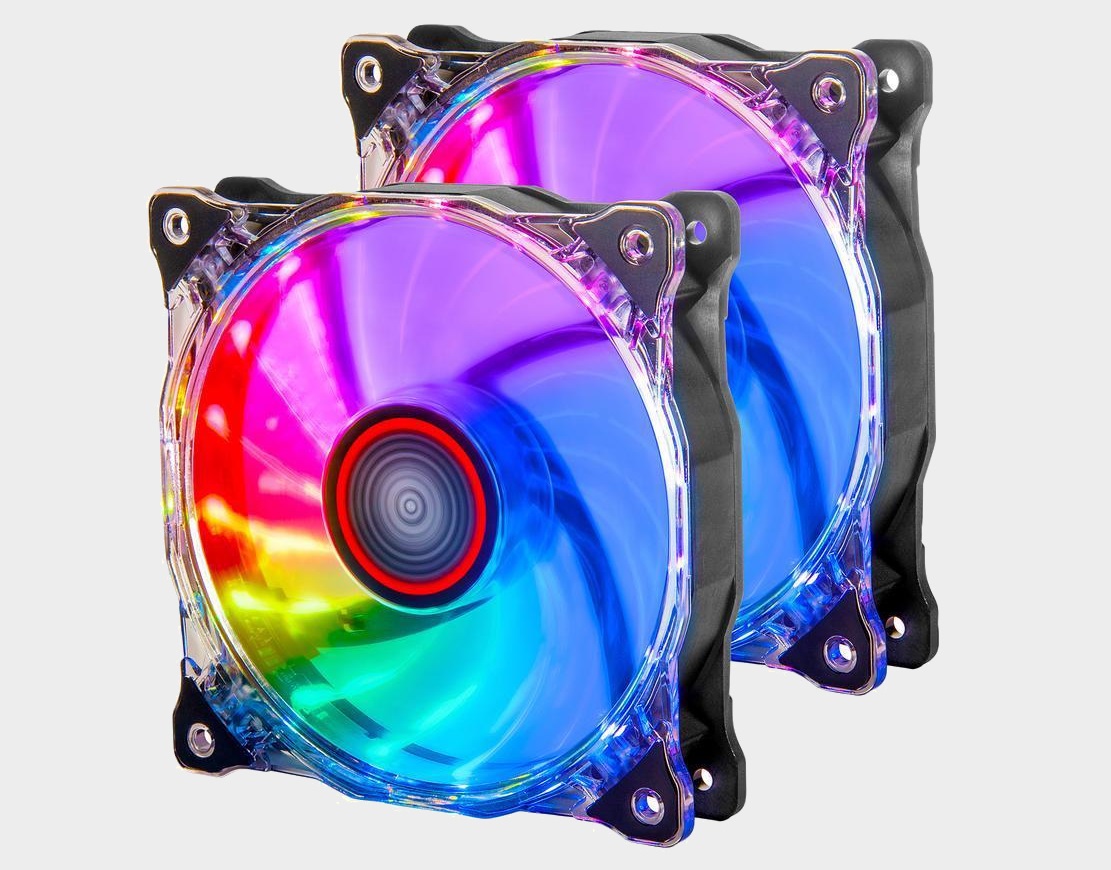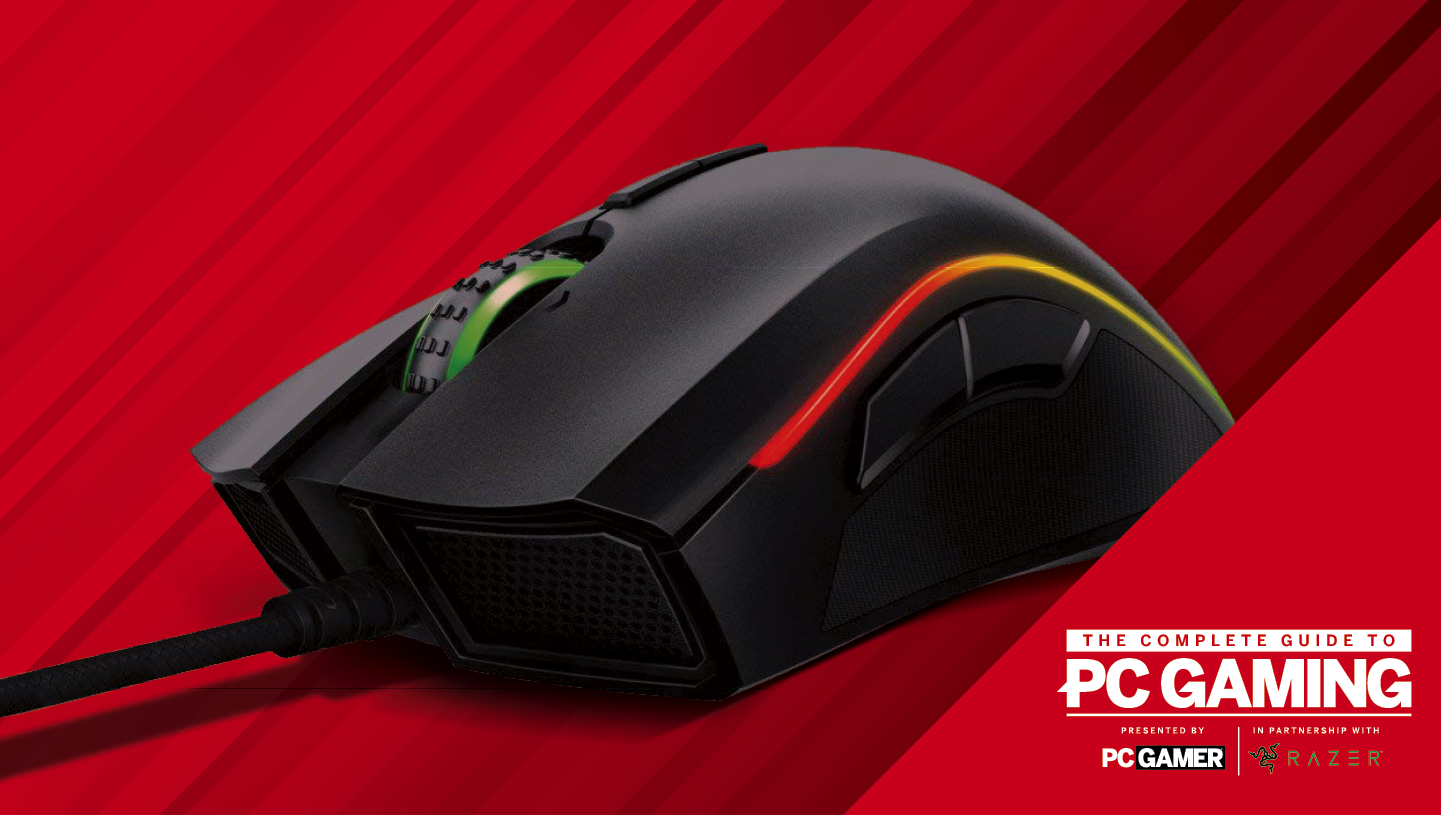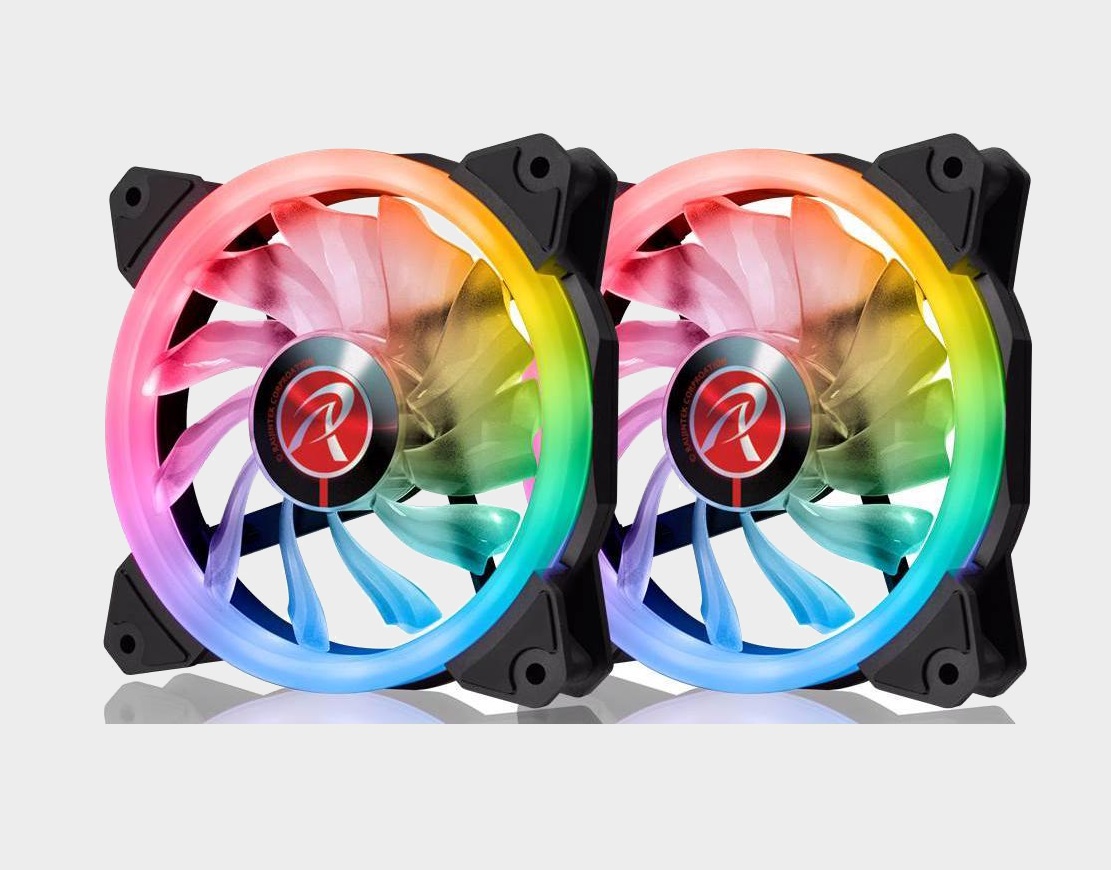How many case fans do I need?
Cool components are happy components.

Heat. It's the nemesis of any computer and the engineers that build them. Gaming PCs in particular generate a lot of it because they typically house the most powerful components and are running demanding games for hours at a time. Your system is designed to protect itself from getting too hot by slowing down or throttling key components that go higher than a set temperature threshold. This is normally a good thing as it keeps your system from frying itself, but at the same time the extra cash you spent for the faster CPU and top of the line graphics card could be wasted if you have inadequate cooling.

PC Gamer is going back to the basics with a series of guides, how-tos, and deep dives into PC gaming's core concepts that we're calling The Complete Guide to PC Gaming. There's much more to come, and it's all being made possible by Razer, which stepped up to support this months-long project. Thanks, Razer!
You can't eliminate heat altogether, so to combat it we try to flush it away from our components as quickly and efficiently as possible. This is where your computer's case fans come in. Their sole job is to remove the hot air from inside of your PC and help to replace it with cooler air from the outside.
How many fans you can put in your PC is largely dictated by the case itself. Compact cases, while lighter and more portable, might only have a spot for one fan. Your options for cooling in this scenario might be extremely limited. However, you'll find that most modern gaming towers are going to have multiple options for mounting fans. Typically, intake fans are located on the front or bottom of the case while exhaust fans are found in the rear. You might find additional intake fan mounts on the side of your case and larger cases have options along the top for additional exhaust. The direction the fans are installed in determine whether they will act as an intake or exhaust fan.
What if you just simply installed two exhaust fans to blow the hot air out? Doing so would create a negative pressure system—more air being pushed out than in. That air leaving the system has to be replaced. You are going to want to try to eliminate the negative pressure by circulating the air through a path in your PC's chassis with a combination of both intake and exhaust fans. Ideally, cool air should come from the front/bottom of your PC while the hot air escapes from the top/rear. Remember that hot air rises!

Need some fans for your next build? Check out our guide to the best PC fans.
Anytime there is airflow, there is also "dustflow". How many times have you opened a PC and were completely shocked by the amount of dust you found inside. A thick blanket of dust caked on is literally a blanket that keeps your components warmer than they should be. Dust that is smothering heatsinks and moving parts will cause them to operate less efficiently or at worst, completely fail. To keep dust at a minimum, intake fans should have filters on them and if your air pressure is balanced or slightly positive most of the dust should be trapped by those filters. Just make sure to clean the filters often!
Having at least one intake and one exhaust fan should provide a substantial temperature decrease versus having no fans at all. This is the typical barebones setup when it comes to fans, anything less and you are seriously robbing yourself of cooling potential. But what about adding more?
Adding an additional pair of intake and exhaust (for a total of four fans) will likely lower your temperatures anywhere from two to five degrees. That can be significant but anything beyond that and you are likely to see a diminished return in the range of one to two degrees, if that much. Play around with the positioning of the fans, you might find that one fan up top and one in the rear consistently provides a few degrees lower temps than both of them in the rear.
Keep up to date with the most important stories and the best deals, as picked by the PC Gamer team.
However, It might be more accurate to ask how much airflow do you need instead of how many fans? If you are mixing and matching or have different sized fans you should check their CFM rating. CFM is cubic feet per minute and it is how we measure the performance of fans. The higher the CFM the more air it can push. You might have two large exhaust fans with a very high CFM and two smaller intake fans with a much lower CFM. In that case, you might benefit from a third small intake fan to keep the system balanced.
Finally, and maybe most importantly, make sure your fans are installed in the direction that you intended. Most will have an arrow printed on the side of them that indicate the direction the air should flow. Also, be aware of the other fans in your system that could impact the air flow such as CPU and GPU fans.

